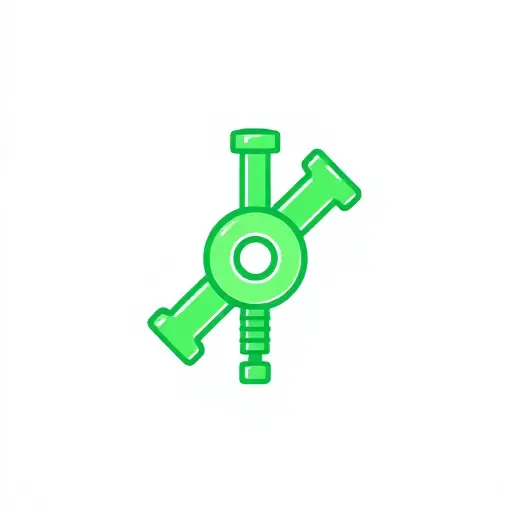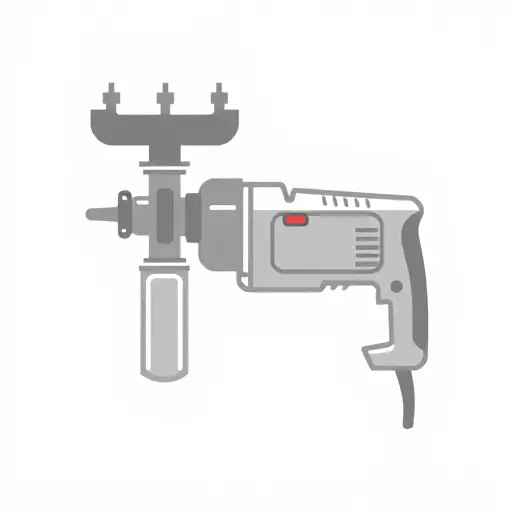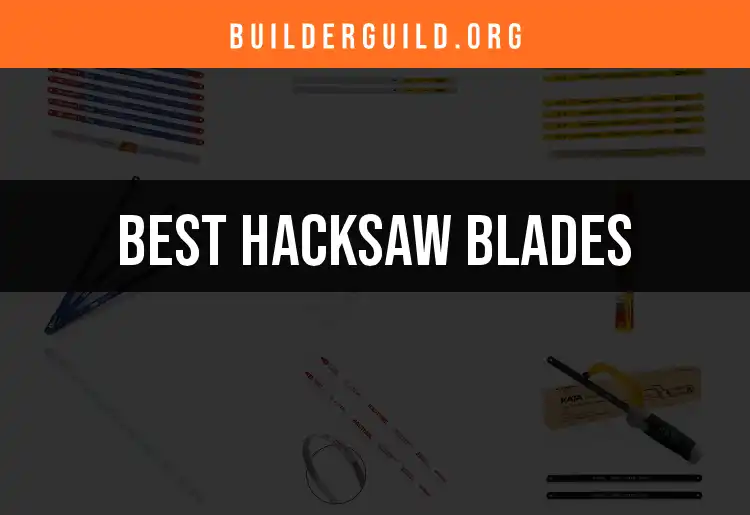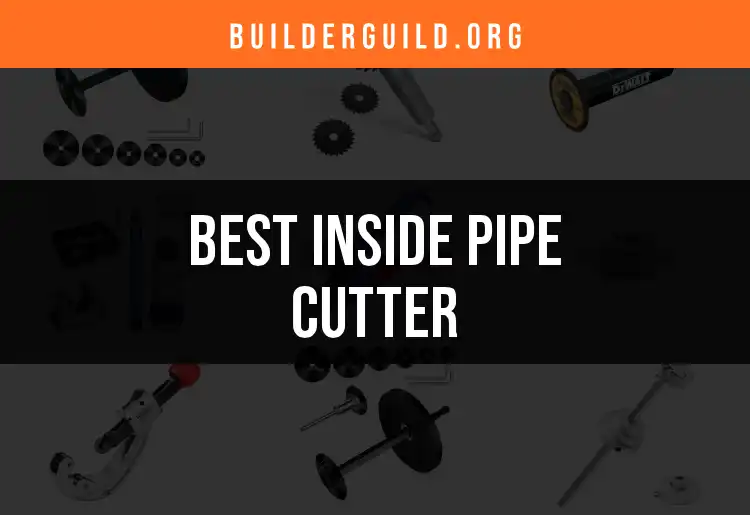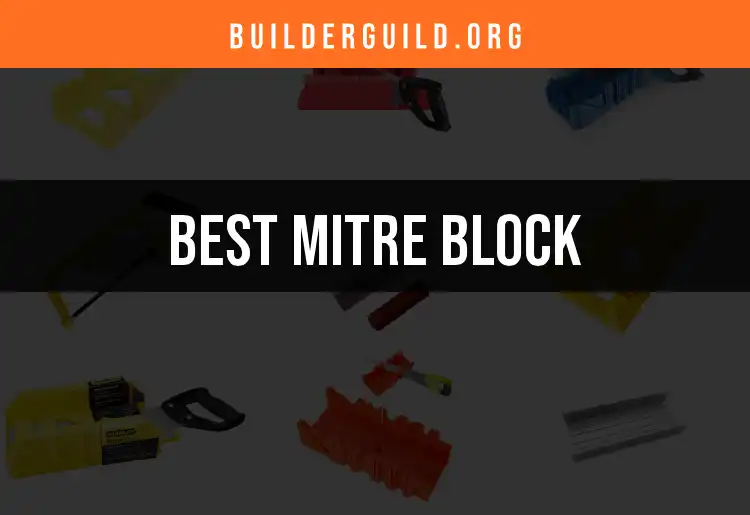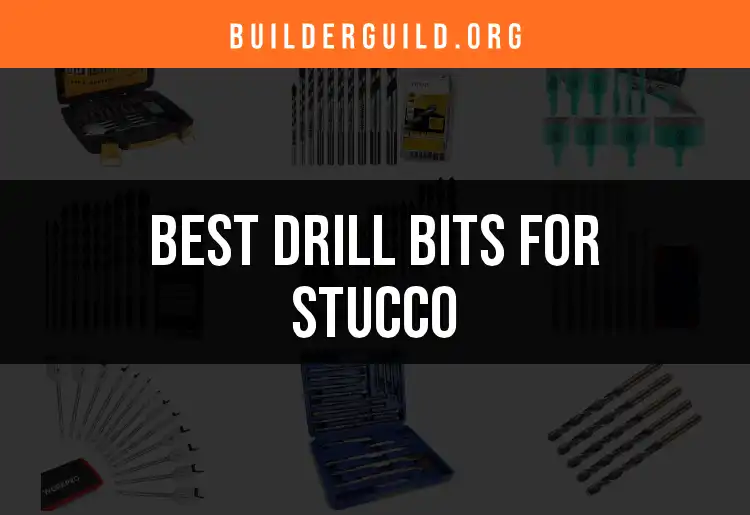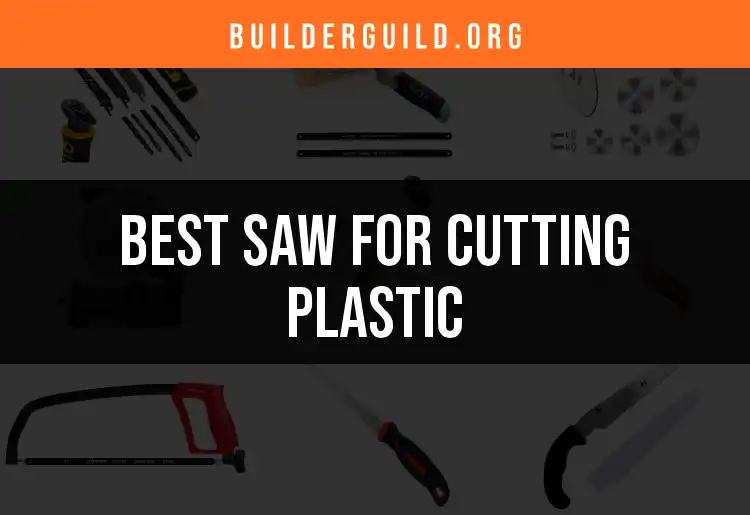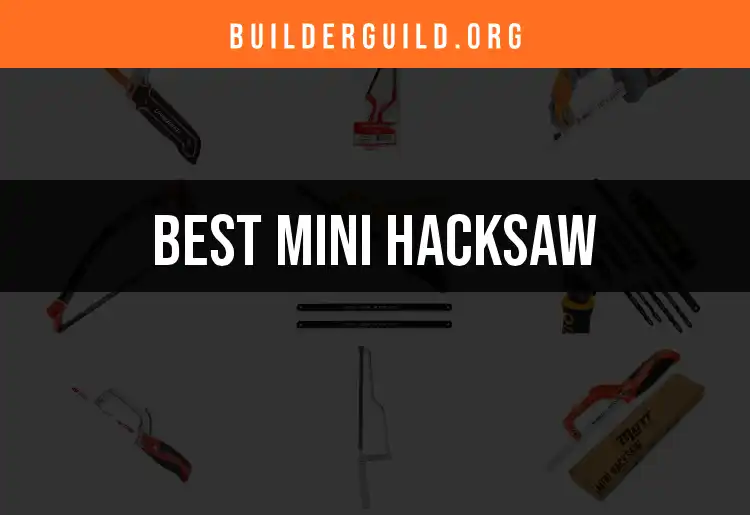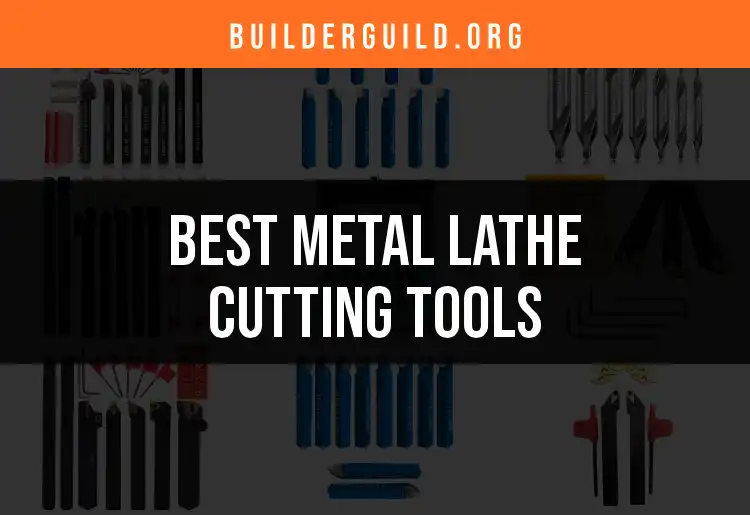Cutting and drilling are vital processes in building construction and maintenance, enabling the alteration and customization of various materials to fit specific project requirements. Understanding these techniques is crucial for contractors, DIY enthusiasts, and professional tradespeople, as they form the foundation of any successful construction endeavor. Mastering these skills not only enhances efficiency but also ensures safety and precision in executing projects, making it essential to delve into the various tools, techniques, and safety measures related to cutting and drilling.
Cutting Techniques
Types of Cutting
Cutting can broadly be divided into two categories: thermal and mechanical cutting, each with its own applications, tools, and advantages.
Thermal Cutting
Thermal cutting employs intense heat to melt, burn, or vaporize materials. One of the most popular methods within this category is arc plasma cutting, which is particularly effective for cutting metals. This method uses a plasma arc created by an electrical discharge to produce high temperatures that cut through materials rapidly.
Understanding arc plasma cutting is crucial for professionals who need to work with metals of varying thicknesses. This technique is widely used in industrial applications, automotive repair, and metal fabrication due to its speed and precision. For more information on selecting the right equipment, check out our detailed review of the best arc plasma cutters.
Mechanical Cutting
Mechanical cutting utilizes various tools and implements to shear or slice materials, keeping their properties intact. This method is vital for tasks requiring accuracy and finesse, such as woodworking and metalworking. Various tools classify under mechanical cutting:
-
Forstner bits are essential for drilling clean and precise holes in wood, especially for creating flat-bottomed holes. For those tackling cabinetry or furniture projects, understanding the nuances of different drill bits, such as those highlighted in our guide on the best forstner bit sets, can greatly influence the quality of finished work.
-
Miter shears facilitate cutting metal, plastic, and other materials at precise angles, making them indispensable for framing and aligning projects. Their sharp blades allow for clean cuts without fraying. For a thorough review of top options, see our selection of the best miter shears.
-
Hot knives offer a unique solution for cutting plastic and synthetic materials by melting through them, resulting in clean, smooth edges. This technique is particularly useful in crafting and manufacturing applications. Discover more about the hot knife for cutting plastic and how it can elevate the quality of your work.
Selecting the Right Cutting Tool
Choosing the appropriate cutting tool is critical for achieving desired outcomes in any project. Several factors should be considered:
-
Material Type: Different materials, such as wood, plastic, and metal, require specialized cutting tools designed to handle their unique properties effectively.
-
Cutting Thickness: The thickness of the material significantly influences tool selection—tools must be capable of handling the thickness without damaging the material or compromising safety.
-
Precision Requirements: Various cutting scenarios call for distinct levels of precision. For instance, when intricate designs or angles are involved, using the right tools, such as specialty saws or bits, can make all the difference.
Drilling Techniques
Overview of Drilling
Drilling involves the creation of holes in various materials, which is crucial for numerous construction applications, including installations, piping, and anchoring structures. The ability to drill accurately and efficiently is a fundamental skill for any builder or contractor, underscoring the significance of drilling techniques and the tools used.
Types of Drilling
-
Electric Drill: A versatile tool for general drilling needs, an electric drill can handle an array of tasks, such as drilling into wood, metal, or plastics. Its multifunctionality includes a range of attachments for different jobs, making it an essential addition to any toolkit.
-
Hammer Drill: This variant is engineered for drilling into tougher materials like masonry and brick. By combining rotational drilling with a hammering action, a hammer drill proves invaluable for construction professionals dealing with dense materials. To explore various models and recommendations, refer to our resource on the best hole saw for brick and expand your toolkit.
-
Specialty Drills: Specialty drills, such as hole saws, are specifically designed to bore larger diameter holes, making them useful for plumbing and electrical installations. For those needing to drill into Hardie board or similar materials, we recommend checking our insights on the best hole saw for Hardie board.
Selecting the Right Drill Bit
The correct drill bit selection is critical, informed by several key aspects:
-
Material Consideration: Different materials, such as wood, metal, and concrete, necessitate specific drill bits to ensure effective cutting and to prevent damage to the material.
-
Carbide Burr Set: These tools are perfect for shaping and finishing materials with precision and detail. Their design allows for intricate work that demands high accuracy, making them a vital component of a skilled tradesperson’s toolkit. Review our best selections in the best carbide burr set to find what suits your needs.
-
Using a Drywall Rasp: Essential for achieving smooth finishes on drywall edges and facilitating easy fitting, drywall rasps are tools that every professional should include in their arsenal. For tips on how to use this tool effectively, consult our article on the best drywall rasp.
Safety Precautions
Importance of Safety Gear
When it comes to cutting and drilling, prioritizing safety is non-negotiable. Accidents can have serious consequences; thus, correct usage of safety gear is crucial for minimizing risks. Key safety measures include:
-
Face Shield for Grinding: Protecting your eyes and face during grinding and cutting operations is essential. A suitable face shield can prevent serious injuries from debris and sparks. You can learn more about the best options in our guide on the best face shield for grinding.
-
Protective Gloves: Sharp edges and hazardous materials are common in cutting and drilling tasks. Always wearing appropriate gloves reduces the potential for cuts and abrasions, ensuring safer handling of tools and materials.
-
Hearing Protection: Many cutting and drilling operations generate significant noise, which can contribute to hearing loss over time. Using ear protection is advisable whenever operating loud machinery or tools.
Best Practices in Cutting and Drilling
To ensure the best outcomes and safety during cutting and drilling, follow these best practices:
-
Work Environment Setup: A clear and organized workspace is paramount. Ensure that tools are easily accessible and all debris is cleared from the area to prevent trip hazards. A well-maintained environment significantly reduces the risk of accidents.
-
Tool Maintenance: Regularly maintaining tools ensures optimal performance and safety. Dull blades and worn-out bits can lead to increased risk of injury and poor workmanship. Regular checks and servicing will prolong the life of your tools, offering superior performance on the job.
-
Emergency Procedures: Familiarity with emergency protocols is key to workplace safety. Knowledge of first aid measures and processes for handling accidents can mitigate risks and save lives.
Specialty Cutting Tools
Toe Kick Saw
The toe kick saw is specifically designed for making cuts in hard-to-reach areas, such as beneath cabinets and countertops. This tool is invaluable for installers who need to create seamless transitions without displacing cabinetry. For comprehensive insights, check out our review on the best toe kick saw.
Electric Metal Shears
Ideal for trimming and cutting through sheet metal, electric metal shears simplify the process while saving time and increasing accuracy. With their lightweight design and ease of use, these tools are favored by sheet metal workers and fabricators alike. Explore different models in our guide to the best electric metal shears.
Electric Carpet Cutter
If you’re working with carpets or flooring materials, an electric carpet cutter can drastically improve efficiency, allowing for quicker and cleaner cuts compared to manual options. These tools are ergonomically designed for easy handling and precision. For recommendations, refer to our detailed insights on the best electric carpet cutter.
Laminate Cutter
For those involved with laminate flooring, a dedicated laminate cutter provides precise cutting with minimal chipping. These specialized tools ensure a seamless installation and are highly recommended for anyone working in flooring projects. Review the leading options in our guide on the best laminate cutter.
12-Inch Miter Saw Blade for Aluminum
A specially designed 12-inch miter saw blade for aluminum enhances cutting efficiency and precision. With the right blade, you can achieve clean cuts and reduce the risk of damage to the material. This is crucial for projects that demand high-quality finishes. Dive into our comparison of the best 12-inch miter saw blade for aluminum for practical advice.
Cable Saw
The cable saw is a versatile tool often used for cutting hard or irregular shapes in materials, including concrete and wood. This tool is particularly useful in tight spaces or when accessibility is a concern. For recommendations and operational tips, see our overview of the best cable saw.
Measuring Tools
Importance of Proper Measurement
Accurate measurements are the bedrock of successful cutting and drilling. Precise measurements ensure that each piece fits as intended, reducing waste and saving time. Every cut or drilled hole must adhere to the exact specifications to avoid costly reworks and misalignments.
Tool for Measuring Baseboard Angles
For projects involving baseboards, having the right tool for measuring baseboard angles makes a significant difference in achieving professional results. Such tools allow for accurate angles to be marked, ensuring a seamless fit during installation. Check out our guide on the best tool for measuring baseboard angles to explore the most effective options.
Carpentry Squares
Carpentry squares are invaluable tools in ensuring straight cuts and right angles during construction projects. They are particularly effective for framing, laying out materials, and checking for squareness. This simple yet effective tool is part of every carpenter’s toolkit. For recommendations on the best carpentry squares, see our detailed guide.
Conclusion
In conclusion, knowing the various cutting and drilling techniques, tools available, and essential safety measures is imperative for enhancing your building and construction projects. These skills not only improve efficiency but also significantly reduce the risk of accidents. As technology and tools evolve, staying updated on innovations in cutting and drilling ensures that you can tackle projects effectively and safely. Choosing the right tools and techniques enables anyone, from novice DIYers to experienced contractors, to achieve remarkable results.
Resources
To deepen your understanding further, consider reviewing relevant industry standards and guidelines. We also recommend reviewing our other articles related to cutting and drilling to access comprehensive insights that will enhance your skills and proficiency in the field. With these resources at your disposal, you will be well-equipped to approach your next project with confidence and expertise.


